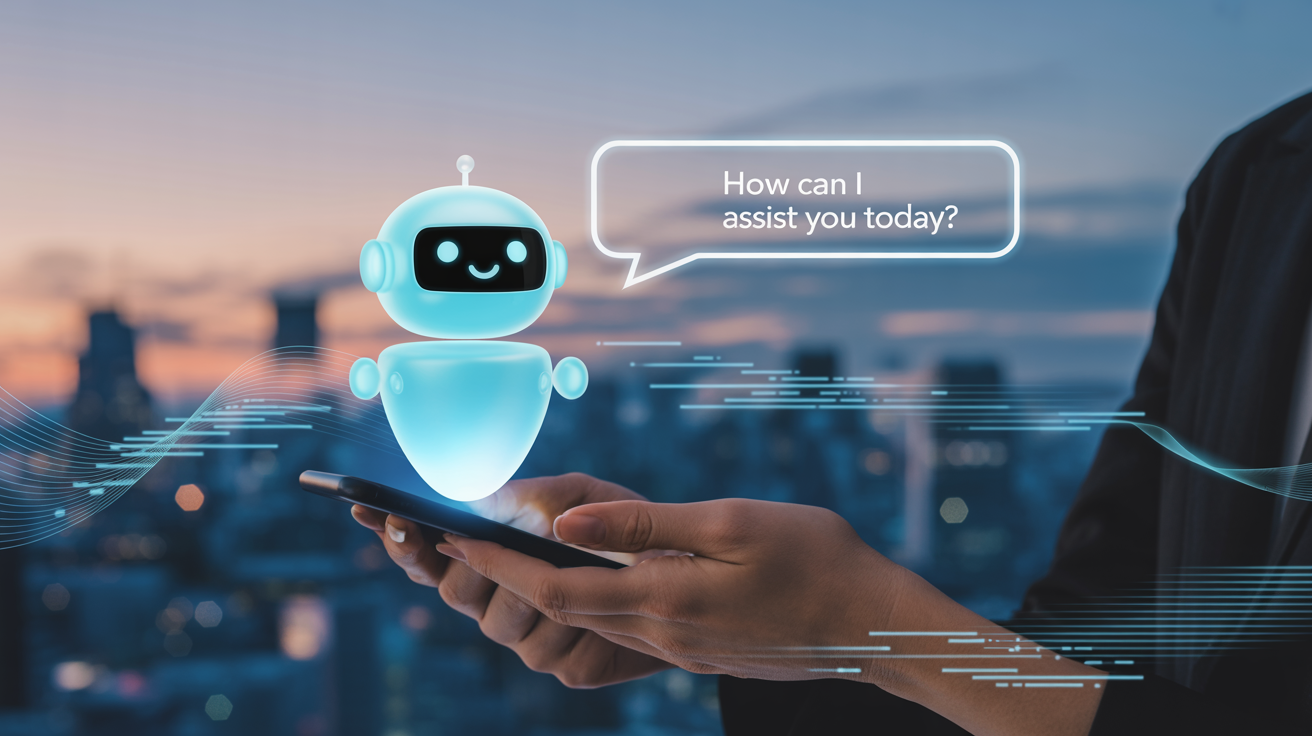In today’s hyper-connected world, customer service stands as a critical differentiator for businesses striving to gain and maintain competitive advantage. Exceptional customer experiences not only drive loyalty but also bolster brand reputation and profitability. To meet the escalating demands of customers who expect swift, accurate, and personalized responses at any time, many companies have turned to Artificial Intelligence (AI). AI-powered chatbots and virtual assistants have emerged as transformative tools that are reshaping customer service, making interactions more efficient, scalable, and satisfying.
The Rise of AI in Customer Service
Artificial Intelligence, particularly machine learning and natural language processing (NLP), has evolved tremendously over recent years. This advancement has unlocked new capabilities for customer service systems, enabling them to understand and respond to human language with unprecedented accuracy. Rather than relying solely on traditional call centers or email-based support, businesses are deploying AI-driven chatbots and virtual assistants across multiple digital channels—websites, mobile apps, social media platforms, and messaging apps—to provide instant, round-the-clock assistance.
The motivation behind this shift is clear: customers want immediate answers without waiting in queues, and companies want to reduce operational costs and scale their service capabilities without proportional increases in human staffing. AI in customer service delivers on both fronts.
What Are AI Chatbots and Virtual Assistants?
At their core, AI chatbots and virtual assistants are software programs designed to simulate human conversation using natural language. While these terms are often used interchangeably, there are subtle distinctions:
- AI Chatbots are typically rule-based or AI-driven conversational agents embedded on websites or apps. They handle specific tasks such as answering FAQs, booking appointments, or processing orders by guiding customers through predefined workflows or learning from interactions over time.
- Virtual Assistants are more sophisticated AI agents that leverage advanced NLP and contextual understanding to manage complex interactions. Examples include Apple’s Siri, Amazon Alexa, or custom-built assistants for enterprises that can execute multiple tasks, understand context, and switch seamlessly between topics.
Both play vital roles in enhancing customer interactions by providing fast, consistent, and personalized support without human intervention.
Enhancing Customer Interactions with AI
1. 24/7 Availability and Instant Responses
One of the greatest advantages AI chatbots offer is their ability to provide uninterrupted service. Customers can reach out anytime—whether it’s late at night or during holidays—and receive immediate assistance. This constant availability increases customer satisfaction and reduces frustration caused by delayed responses.
2. Handling High Volumes Efficiently
During peak periods such as sales events or product launches, customer service teams often face overwhelming volumes of inquiries. AI-powered chatbots can handle thousands of interactions simultaneously, triaging common queries and freeing human agents to focus on more complex issues that require empathy and judgment.
3. Personalization Through Data
AI virtual assistants leverage customer data such as purchase history, preferences, and past interactions to personalize conversations. For example, an AI assistant can recommend products tailored to a customer’s tastes or provide order updates proactively. This level of personalization fosters stronger customer relationships and loyalty.
4. Consistency and Accuracy
Unlike human agents, AI chatbots provide consistent answers every time, eliminating discrepancies or human errors. They are trained on vast knowledge bases and continuously updated to reflect the latest information, ensuring accurate and reliable support.
5. Multilingual Support
For global businesses, offering multilingual customer service is challenging and costly. AI virtual assistants can be programmed to understand and respond in multiple languages, breaking down language barriers and enhancing accessibility.
6. Data Collection and Insights
Every interaction with AI chatbots generates valuable data on customer needs, pain points, and behavior. This data can be analyzed to uncover trends, improve products, optimize workflows, and make data-driven business decisions that enhance overall customer experience.
Real-World Use Cases of AI in Customer Service
E-commerce
E-commerce platforms use AI chatbots to guide shoppers through the purchase journey, answer product-related questions, track orders, and process returns. For instance, a chatbot can instantly recommend accessories that complement a customer’s chosen item or notify them about shipping delays, creating a seamless shopping experience.
Banking and Finance
Banks employ AI virtual assistants to help customers check balances, transfer funds, dispute transactions, and receive personalized financial advice. This automation improves security while reducing wait times and call center costs.
Telecom
Telecom providers use AI chatbots to troubleshoot connectivity issues, manage subscriptions, and handle billing inquiries. Chatbots can diagnose problems quickly, schedule technician visits, and reduce call volumes for human agents.
Healthcare
Healthcare organizations leverage AI virtual assistants for appointment scheduling, symptom triage, medication reminders, and patient education. This improves access to care and helps alleviate administrative burdens on staff.
Challenges and Considerations
While AI in customer service offers numerous benefits, there are challenges companies must navigate:
- Maintaining Human Touch: Some customers prefer human interaction, especially for sensitive or complex issues. The best approach combines AI for routine tasks with human agents for empathy-driven conversations.
- Training and Updating AI: Chatbots need continuous training with fresh data to handle evolving customer queries and avoid misunderstandings.
- Data Privacy and Security: Handling sensitive customer information requires stringent security measures to comply with regulations like GDPR and maintain trust.
- Avoiding Over-Automation: Over-reliance on automation can frustrate customers if bots cannot escalate or resolve issues effectively.
The Future of AI in Customer Service
The future promises even more advanced AI capabilities powered by breakthroughs in deep learning, voice recognition, and emotional AI. Virtual assistants will become better at detecting customer emotions, providing proactive support, and integrating seamlessly across multiple touchpoints including voice, video, and augmented reality.
Moreover, AI will empower agents with real-time suggestions and knowledge, enhancing their productivity and decision-making. The goal is a hybrid model where AI and humans collaborate to deliver exceptional, personalized service at scale.
Conclusion
AI chatbots and virtual assistants have become indispensable tools in modern customer service, revolutionizing how businesses engage with their customers. By offering 24/7 availability, personalized experiences, and operational efficiency, AI enhances satisfaction and loyalty while reducing costs. As AI technology continues to advance, its role in customer service will only grow, enabling companies to meet rising customer expectations in an increasingly digital world.
Businesses that strategically embrace AI-driven customer service solutions today will be best positioned to thrive tomorrow—delivering experiences that are not just efficient but also genuinely human-centric.

